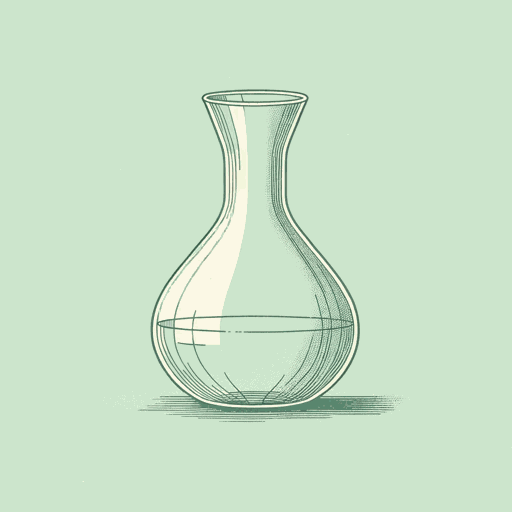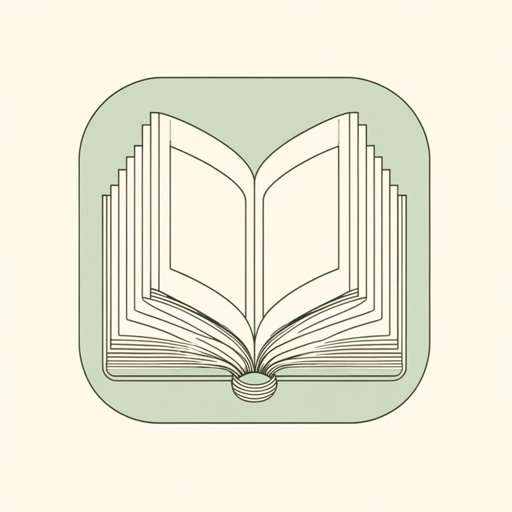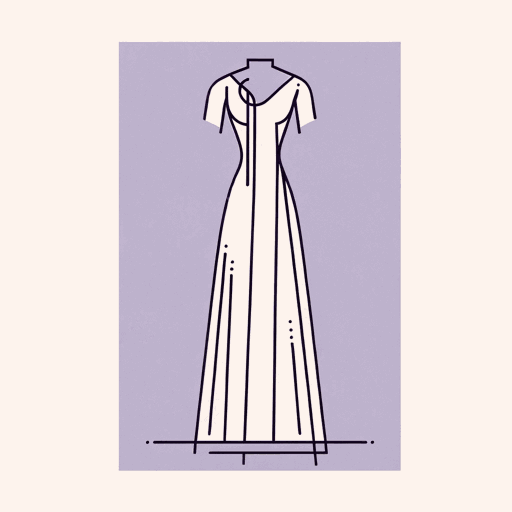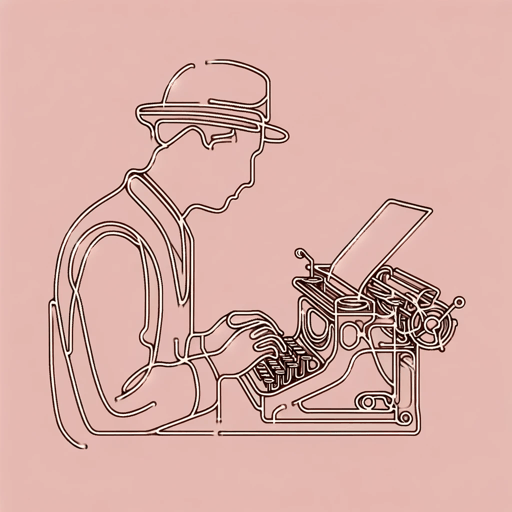21 pages • 42 minutes read
Gertrude SteinA Carafe, that is a Blind Glass
Fiction | Poem | Adult | Published in 1914A modern alternative to SparkNotes and CliffsNotes, SuperSummary offers high-quality Study Guides with detailed chapter summaries and analysis of major themes, characters, and more.
Literary Devices
Form and Meter
Gertrude Stein’s “A carafe, that is a blind glass” is in the form of a prose poem. It’s a poem in the shape of prose paragraphs, so it looks like text in a novel, an essay, or a news website. Since the poem is in paragraph format, it has no line breaks, stanzas, or identifiable meter like iambic pentameter. One of the first prose poets, the French poet Charles Baudelaire, discusses the advantages of the prose form in Louise Varese’s translation of Paris Spleen (New Directions, 1970). For Baudelaire, the prose poem could “adapt itself to the lyrical impulses of the soul, the undulations of reverie, the jibes of conscience.” With a prose poem, the speaker determines the meter. The speaker in Stein’s poem sets the pace based on the "impulses" of their conscience and thoughts. The repetition of words like “a” and “not,” alliteration, and the unique punctuation help Stein establish her meter, or “undulations,” in the prose poem form.
Another way to view the form is through the lens of Cubism. Practiced by painters like Pablo Picasso and Georges Braque, Cubist artists presented objects through a topsy-turvy arrangement of geometric shapes—for example, Braque's Still Life with Banderillas (1911).
Related Titles
By Gertrude Stein






